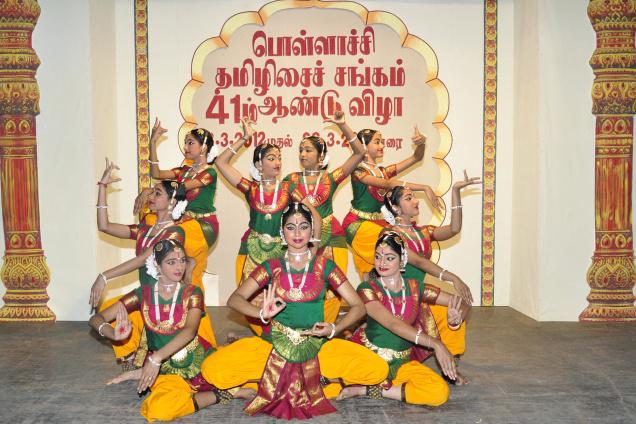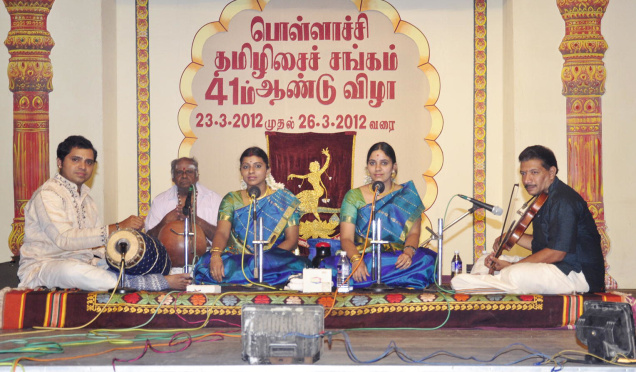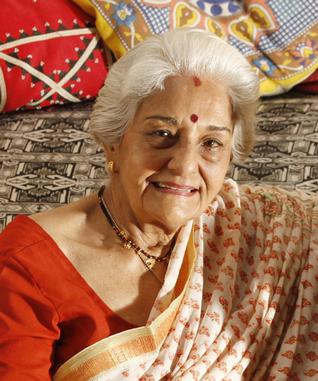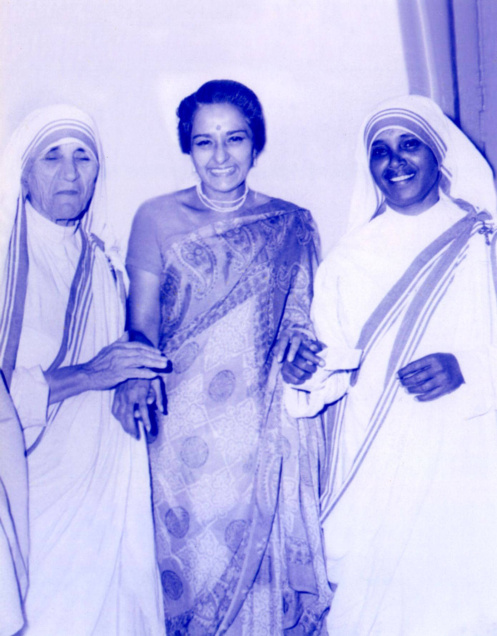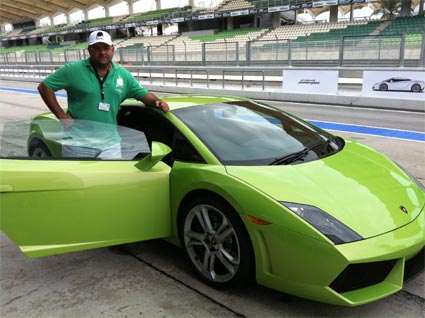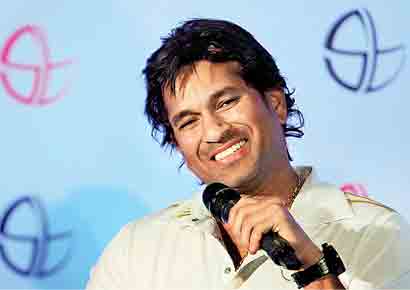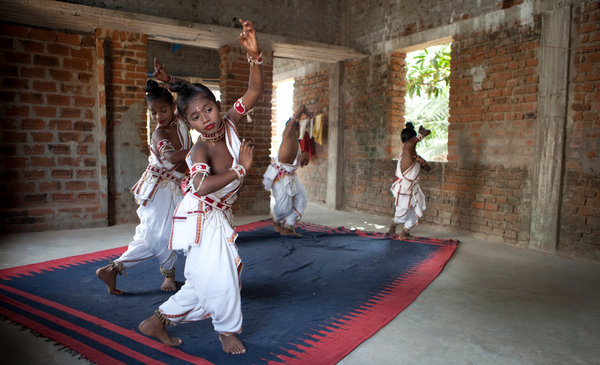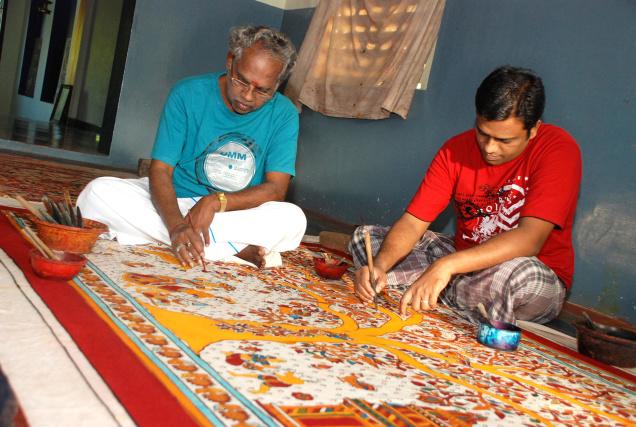
KALAMKARI CRAFTSPERSONS: E. Rhajhmohan and his father R. Emberumal. Photo: Special Arrangement
Like Shilpguru R. Emberumal and his son, E. Rhajhmohan, paint stories on fabrics with a purpose. They want to save kalamkari from dying
Kalamkari artist E. Rjajhmohan was a trifle upset the day I met him. He had missed the chance to showcase his exquisite products at the Madurai Vizha organized by the CII’s local chapter last month.
He said, “The sales are not so good these days. I am trying to customize my products and was hoping to create awareness in Madurai market.”
As the son of traditional master craftsman Dr. R. Emberumal, he was struck by the beauty of kalamkari from childhood but was not so keen to join the same profession. Theirs had come to be the only family left in Sickkalnayakenpet in Thanjavur district struggling to live off this art. Younger family members were lured by more lucrative jobs. The buyers, too, were dwindling. “That was a decade ago when I started working with my father and other craftsmen,” he says.
Karupur Kalamkari
Kalamkari, the art of hand-painting and printing on fabric, is native to Andhra Pradesh as temple art, and there are two main centres for it today — Machilipatnam and Srikalahasti. But there is a third style, called the Karupur Kalamkari, which originated in Thanjavur during the Maratha rule. Essentially using vegetable dyes and depicting scenes from Hindu mythology on cotton, this kalamkari was further embellished with gold brocade work in hand-woven fabric mostly worn as saris and dhotis by the royal family during the period of Raja Serfoji and later Raja Shivaji.
In Sickkalnayakenpet, there were 300 families involved in these complex but exquisite creations. Now only Emberumal is left with his 38-year-old son, a late entrant with a natural flair for the art and full of innovative ideas. Father and son have now hired and trained half-a-dozen individuals to carry on the art.
Craft and commerce
Emberumal, the National Award winner for Karupur Kalamkari, retains his passion for traditional panels bursting with mythological figures, and the typical “tree of life” depicting peace, prosperity and vibrancy, but he is not always able to sell his works. They cost anywhere from Rs.1,000 to Rs.100,000 depending on the size. Rhajhmohan has gone commercial.
“We have to survive,” he says, “practically selling our products door to door and occasionally getting noticed at some exhibitions.” He has now ventured into customized clothing like saris, stoles, salwar-kurtas, shirts, and home décor items like tablecloths and mats, bed spreads, cushion and pillow covers, curtains and wall hangings.
“I also need to ensure that my artisans have a roof to live under.”
Kalamkari is an elaborate process and each item takes days to finish. The artists prepare the ink from fermented rusted iron, jaggery and fruit powder, then treat the fabric in varying temperatures of water before and after filling in the colours with vegetable dyes. The work needs ample time and concentration. “Our work is rich and pucca and no buyer will ever complain,” he says, displaying one of his paintings.
Painting outside the box
Considering the time and effort that goes into making a large wall panel, says Rhajhmohan, it has to be priced accordingly. “But ordinary people find our items costly and we lose out to the modern-day processes of block-printing, machine-printing and even digital printing.”

KALAMKARI CRAFTSPERSON: E.Rhajhmohan. Photo: S. James
“However,” he is quick to add, “the charm of our hand-painted craft appeals to connoisseurs of art. The love, hard work and passion we put into it shows in the fabric and that is what makes it attractive. We may be selling less today but our work is worth the cost, labour and appreciation.”
Emberumal’s work is displayed in museums and art galleries throughout the world and his work is not entirely constrained to the classical motifs. His reproduction of the 1988 Seoul Olympic Games mascot is displayed at the Olympic Memorabilia Museum in Seoul and he has created the emblem for a couple of American universities. He also experiments freely with tantric and geometrical designs.
At 71, Emberumal continues to celebrate tradition. He has not abandoned hope for his art. “The canvas of our lives may be tattered, but we believe our skills hold the promise of a better tomorrow.”
(Making a difference is a fortnightly column about ordinary people and events that leave an extraordinary impact on us. Email to somabasu@thehindu.co.in to tell about someone you know who is making a difference)
source: http://www.TheHindu.com / Arts> Crafts / by Soma Basu / March 28th, 2012
